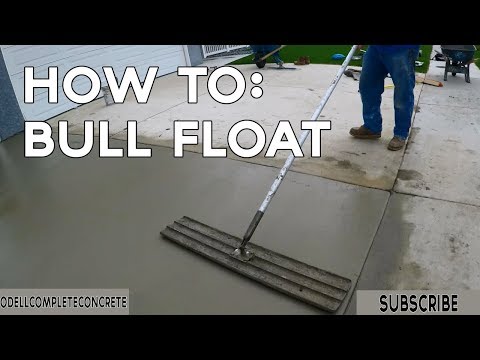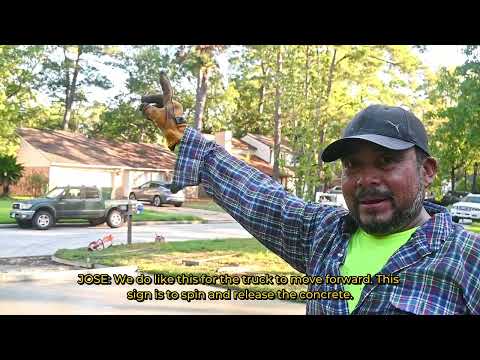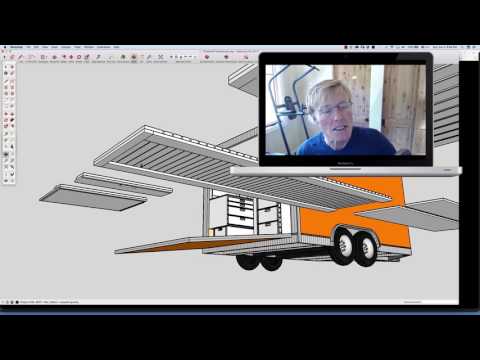Concrete is a rapacious creditor, it will definitely get its money out of you one way or the other. And if you're not on your game, it's gonna win. — Colin Grace CRG Concrete Construction
Dan: After the concrete is poured and floated, it has to set up for a while before it is ready to be worked on
Colin: "When you walk on it you have slight abrasion on the surface of the concrete; that's when we know. And we jump on it. We have these aluminum knee boards—some guys use Styrofoam, some guys use plywood squares—and we do all the edges. We use a mag trowel.
You can see my partner Dan here is working the concrete around and he's getting the moisture to spread out.
Then we get our machine going and we have mag blades on it and we go around the whole surface and we get it all creamed up."
Dan: The purpose of a magnesium trowel is to push aggregate down. This displaces water and fine aggregate, which brings a slurry to the top allowing for a smooth finish.
Colin: "After that, we take the mag blades off the machine, and Danny's generally working the edges with his fine finish trowel at that point because we've already used the mag trowel. And then I'll have the steel trowels on the machine and then Danny will be watching me and coaching me—and I'll be watching him and coaching him. Because generally if you've got two guys that know what they're doing, they can just keep an eye on the other guy and it just helps. So we work in cahoots."
Dan: Each pass with a steel trowel should give you a slightly smoother finish.
Most of the concrete has hardened into position and the steel trowel is spreading the slurry into any pockets, divots, and inconsistencies in the surface.
This basement floor will get 3-4 passes. Too much troweling and you may have a floor that's too slippery to walk on.
—Thanks to Colin Grace, Danny Lewis, and CRG Concrete Construction for sharing their job site and insight.











